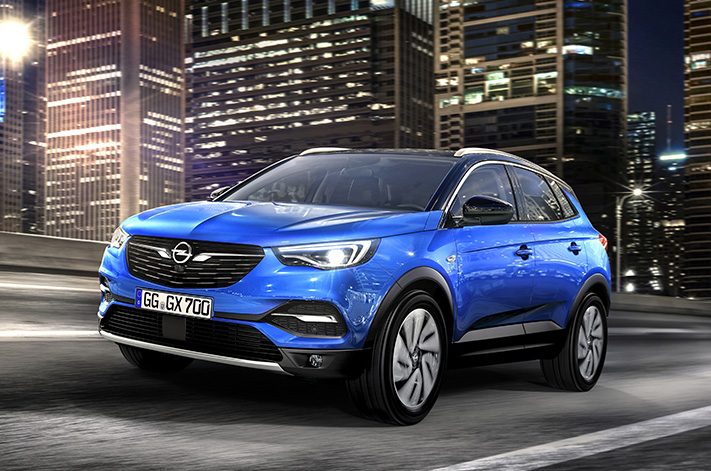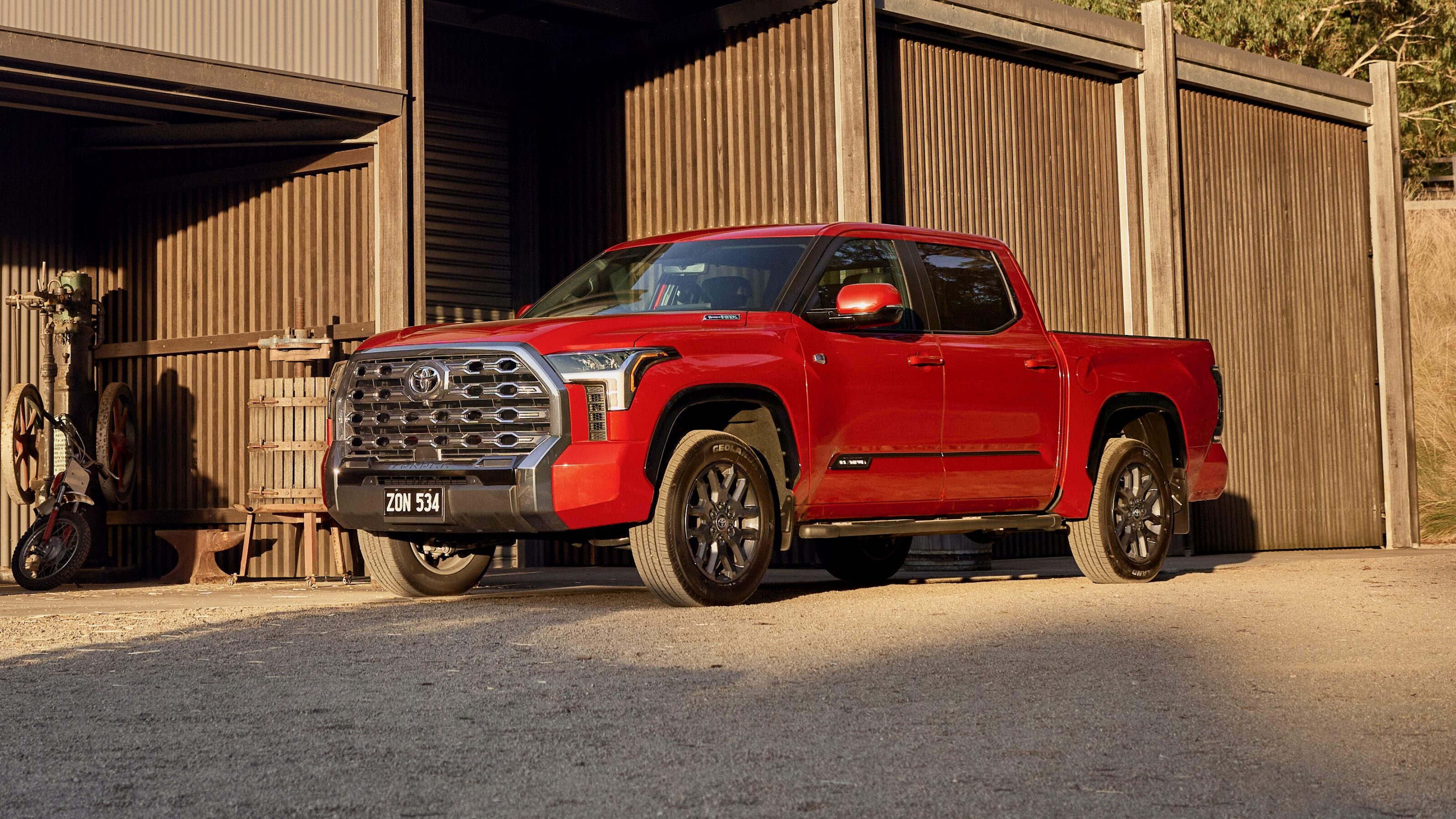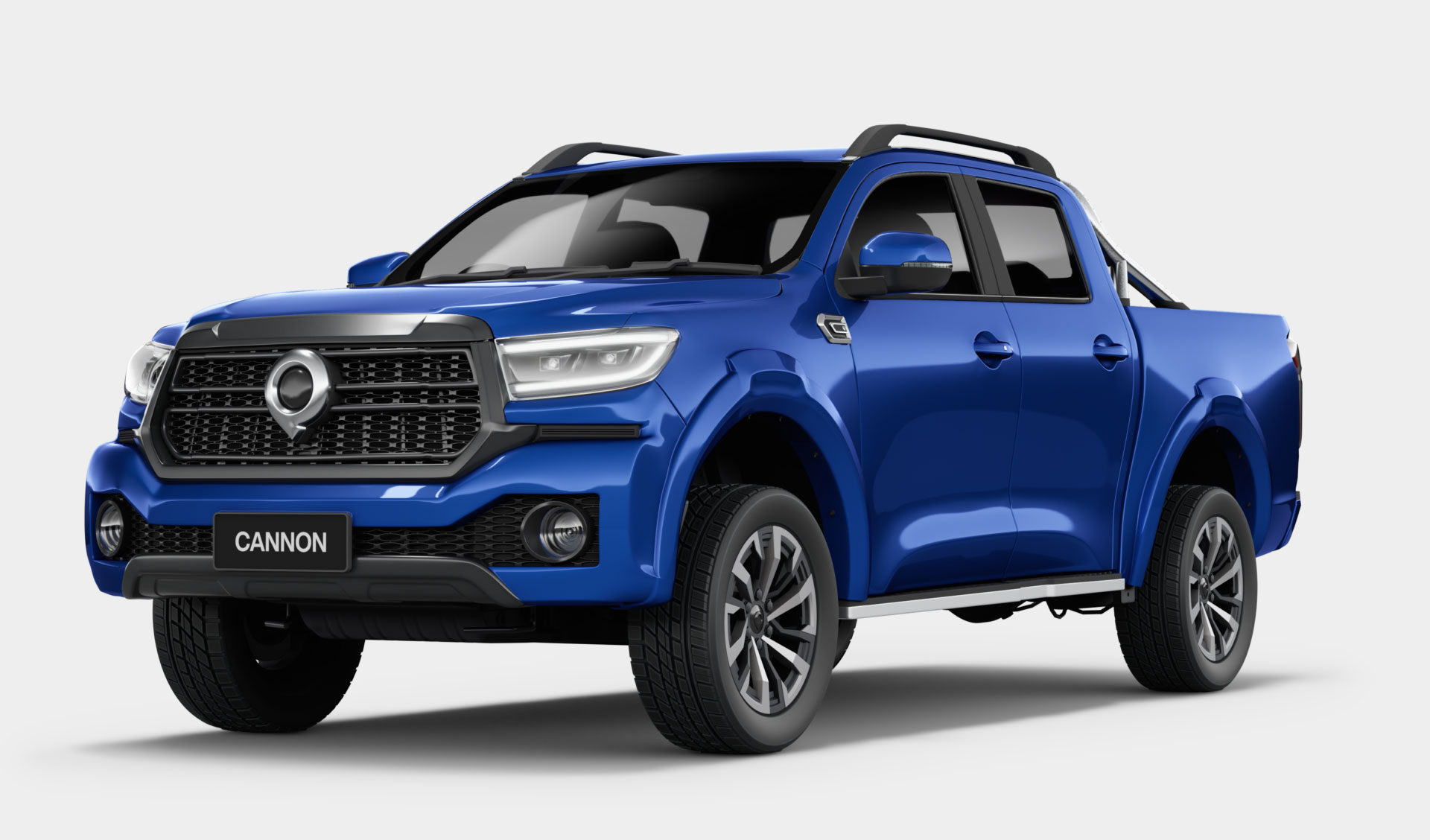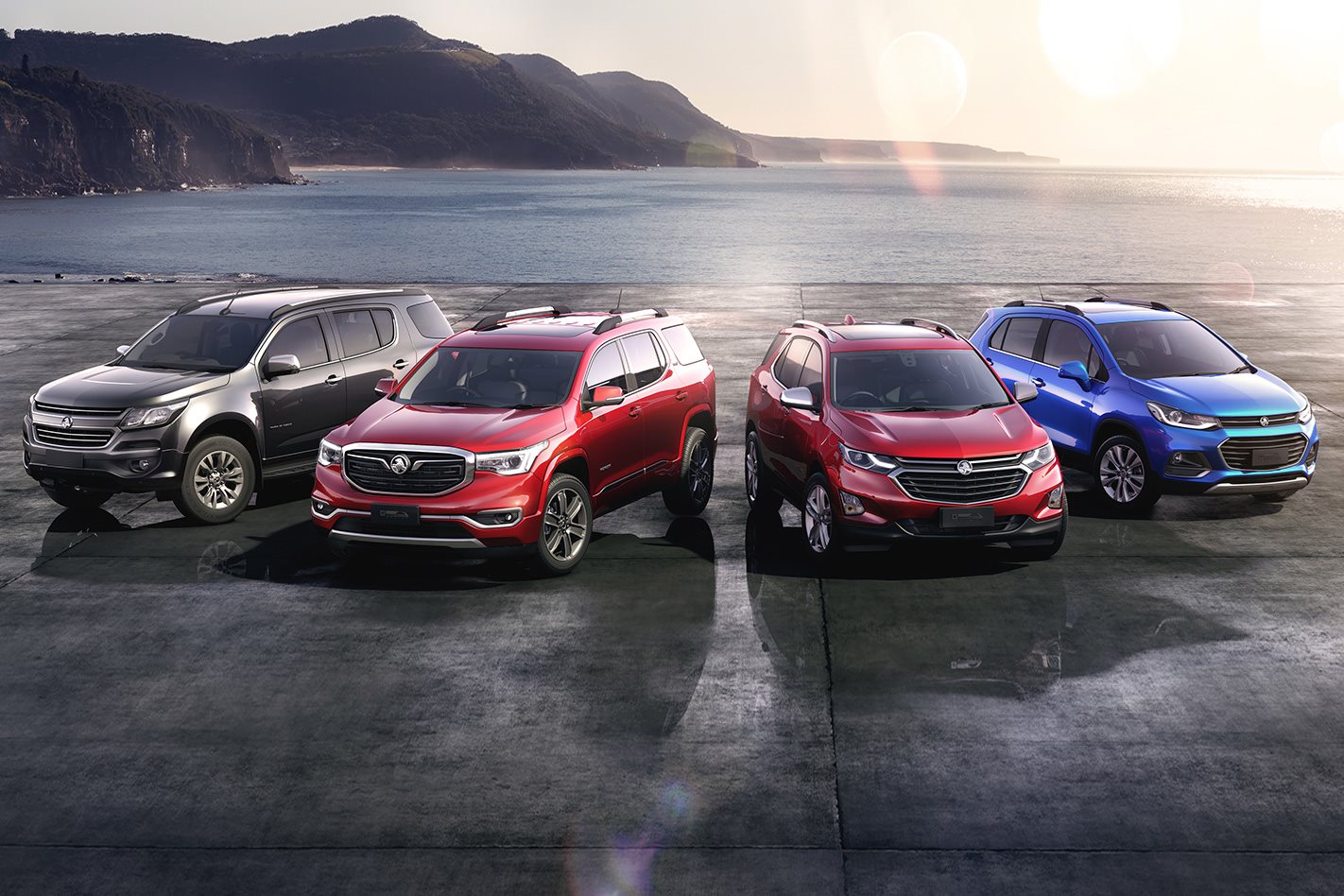
HOLDEN will completely revamp its SUV line-up over the next twelve months by introducing new models, facelifting old ones, and getting rid of others altogether.
The local brand admits to being behind the eight-ball when it comes to capitalising on the current SUV craze in Australia, however a considered push into these red hot segments could change its fortunes.
Just how serious is Holden about the SUV market? Speaking to Wheels, Holden PR head Sean Poppitt didn’t mince his words.
“Our traditional strength has been in large passenger cars and the market has seen a seismic shift to SUVs, which is exactly why we’ll have two brand-new, world-class SUVs launching over the next 12 months or so,” he said.
“We need to fish where the fish are.”
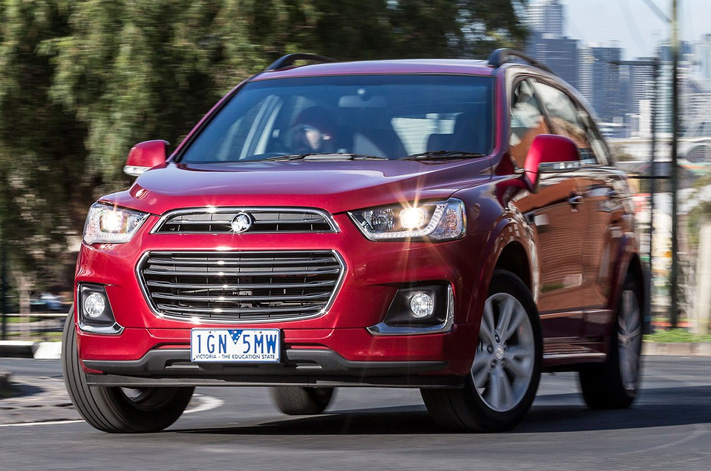
Part of Holden’s SUV shake-up means waving goodbye to the Captiva in both five- and seven-seat guises. It will disappear from showrooms as replacement SUVs arrive.
In total, Holden plans to launch 24 new models by 2020.
To help you better understand the plan and incoming SUV models from Holden, we have driven pre-production versions, along with current generation cars in showrooms, and laid out what buyers can expect.
Here’s a rundown on the next wave of Holden SUVs.
Acadia
The US designed and built Holden Acadia will be king of Holden’s SUV showroom when it lands in local dealerships later this year as the replacement for the discontinued Holden Captiva 7.
Acadia’s formidable stature is matched only by the quality of its large seven-seat competitor set. It will face off against the likes of the Mazda CX-9 that won Wheels Car of the Year, as well as the Toyota Kluger and Kia Sorento.
Of the engines available overseas, the highlight is a 3.6-litre petrol V6. Development has been led by the US arm of GM, though Holden’s engineering team has invested significant work into tuning the ride and handling for local roads. Changes have been made to tyres, bushings, dampers, and springs, and everything else is under the microscope to ensure Australian customers are offered a car best suited our driving conditions.

Expect Acadia to come with a full suite of safety features including automatic emergency braking (AEB), forward collision warning, lane departure warning with lane keep assist, and an advanced park assist.
Holden’s biggest challenge with the Acadia will be getting Aussie buyers to warm to a US designed product. An early first taste from behind the wheel of a pre-production vehicle tells us Holden has made a solid effort, but it is unclear whether it will be enough.
Equinox
Following closely behind the Acadia from the US will be the Holden Equinox, due late in the first half of 2018. The mid-size Mazda CX-5 rival, like its bigger brother, is designed and developed in America and built by GM in Mexico. It will replace five-seat versions of the defunct Holden Captiva.
There will be three engines on offer when Equinox launches locally; a 2.0-litre and 1.5-litre petrol turbo, and a 1.6-litre turbo diesel. All three will pair with a nine-speed automatic gearbox.
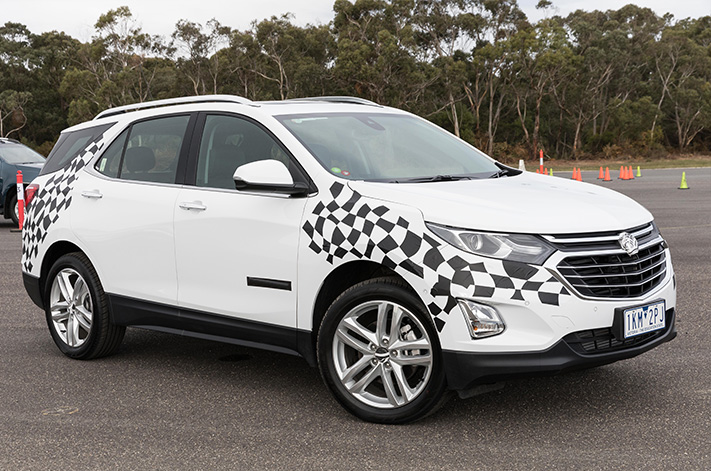
Again, Holden is investing in local suspension calibration and steering tuning. The Equinox’s handling characteristics will be aided by the introduction of torque vectoring by brakes, a first for the segment. Equinox will also be fitted with an extensive suite of safety features.
From our first drive, the Equinox feels better slightly suited to Australian needs and conditions than the larger Acadia, but it has a considerable fight on its hands to take on well-sorted competitors from Japan and Europe like the CX-5 mentioned above as well as the Volkswagen Tiguan, Hyundai Tucson, Subaru Forester and plenty more.
Trailblazer
Built atop the same chassis as the Colorado dual-cab ute, the existing Trailblazer will carry on as the Holden option for large SUV customers looking at vehicles with maximum off-road suitability.
Available now, it is priced from $47,990 to $52,490, with a single 2.8-litre Duramax diesel engine option.
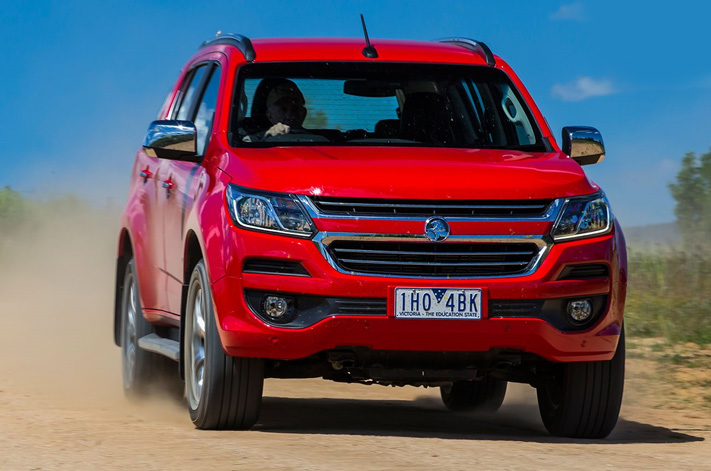
Rivals include the Ford Everest, and other pick-up based SUVs. While similar in size and stature to the Acadia, albeit with increased ground clearance, the Trailblazer is unlikely to cannibalise sales of Holden’s other large SUV due to its differing nature and purpose. Where the Acadia is designed for the urban crawl, the Trailblazer is built to be pointed off the beaten track.
Trax
Trax is Holden’s smallest SUV offering, and also the cheapest. It has been on sale for a while, but a recent facelift has improved it slightly. Prices start at $23,990, and top out at $30,490 for the flagship Trax LTZ.
The current, lightly reworked version of Trax is still built on first-generation underpinnings which arrived in Australia in 2013. Enhancements to the local model have largely centred around infotainment and visual updates.
Holden’s baby SUV is competing against big sellers like the Mazda CX-3 and Honda HR-V, and funky newcomers like the Toyota C-HR and Hyundai Kona.
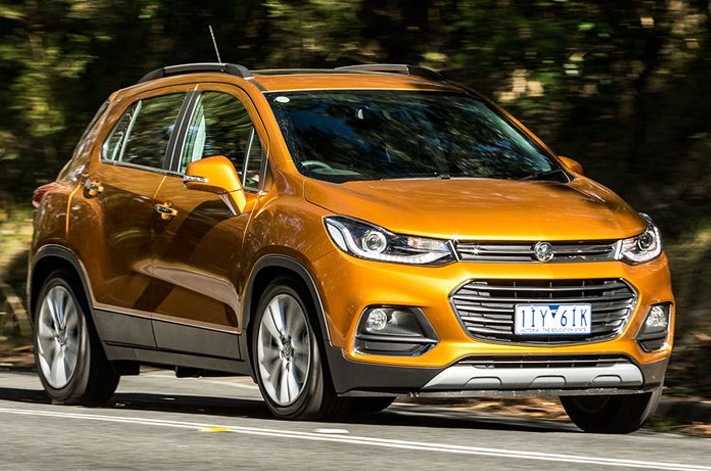
Wildcard: Grandland X
The Grandland X is yet to be confirmed for Australia, but speculation about its inclusion in the local line-up says we may see this sedan-based SUV Down Under.
Grandland X is built atop the same architecture as the Opel Insignia, which will be rebranded as a Holden Commodore and sold in Australia from 2018.
Holden remains tight lipped on the model’s chances of being sold in Australia, but if it was to make the trip from Europe it would fill the slight gap between the Acadia and Equinox, and solidify the brand’s overhauled SUV line-up.
